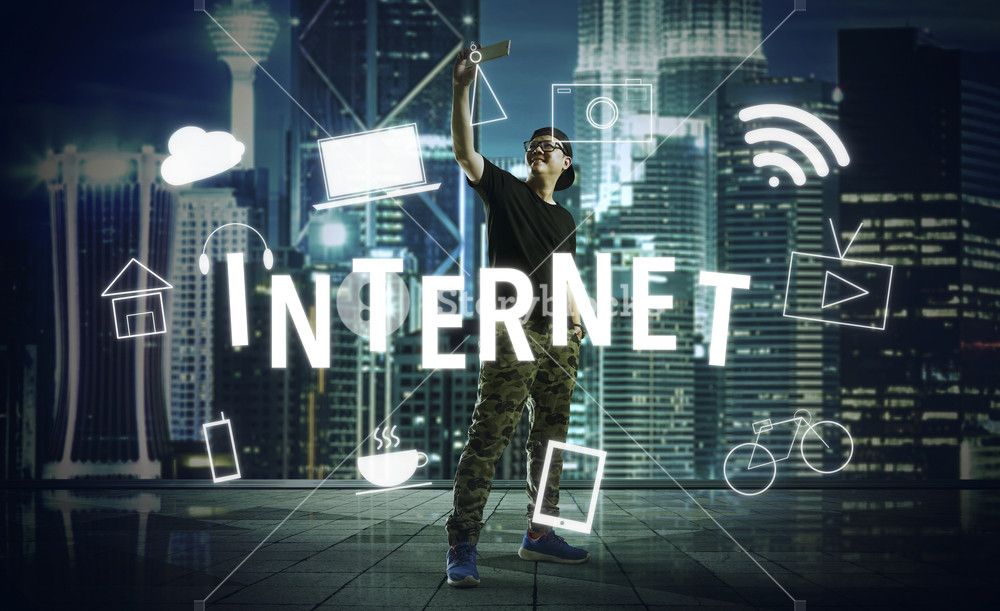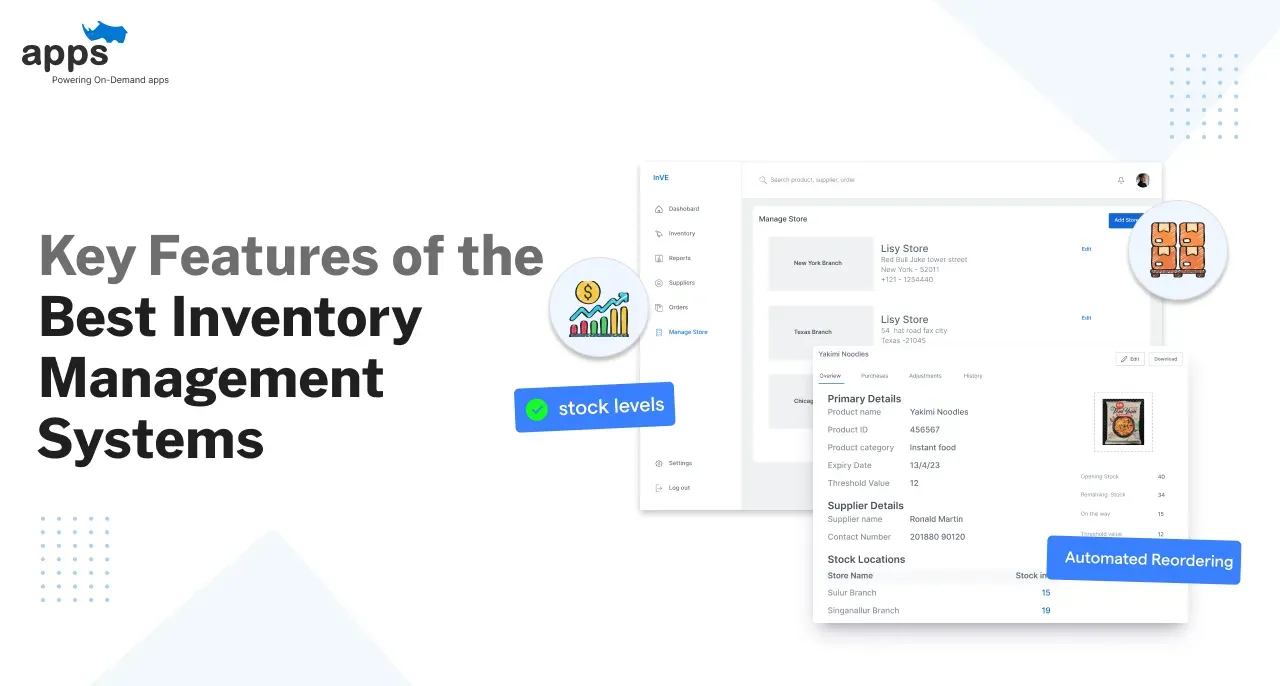How iOS App Development Will Change in the Next 5 Years

The following is a guest post article by Michael Kelly. He is a professional tech writer and content strategist with an app development background. He specializes in Android & iOS app design, as well as blockchain & dapp technology.
The Apple App Store may be shrinking in terms of overall numbers (more than 2 million as of April 2018), but that’s mostly due to new quality standards and removal of outdated apps. And while maybe we’re no longer in the era of Steve Jobs and his revolutionary “there’s one more thing” ideas, we are at the stage where there’s plenty of opportunities to make things continuously better. Here is what iOS app developers can expect in the next five years.
The iOS App Development Race Goes to the Swift
Swift is a general-purpose, open-source programming language designed to make it easier to write software. The newest 4.0 version is simpler than any iOS programming language. It is expected to eventually replace Objective-C for iOS app development because of these Swift advantages over Objective-C:
- Clean syntax that resembles plain English, which makes it easier to read and write
- Easier to maintain
- Safer, more secure platform
- Ability to compile and fix errors while writing code
- Requires less coding
- Runs faster
- Supports dynamic language
- “Playgrounds” feature allows programmers to test a new algorithm without having to create an entire app
- Easier ability to port code to Android app development
Consequently, even while there are those iOS app developers who like to hang on to what they are used to, Swift is likely to replace Objective-C for iOS app development.
Internet of Things (IoT)
 We’re just in the early stages of IoT. We can turn the lights on and off, set the house temperature up or down, talk to our speakers, switch the home theater on or off using our Apple watch or iPhone or iPad. Most of the time it works, but there is still considerable clunkiness to work out before all of our things truly work together. Some are predicting that IoT will achieve mainstream adoption by industry in 2018; widespread consumer acceptance won’t be far behind. The future of iOS app development is making this happen seamlessly, leading to a new era of innovation.
Augmented Reality
Apple’s ARKit provides the iOS app developer with the tools to literally unleash apps off the flat screen to create a more realistic user interaction. The iOS developer can integrate real-world images to provide an augmented reality experience. For example, an app could walk you through a museum or store. The TrueDepth Camera feature provides for robust face tracking that could be used to overlay a user’s facial expression on a 3D character.The App store already contains a number of AR apps. It’s only just the beginning.
iOS 12 Is About to Arrive
Apple is about to announce iOS 12 with a host of developer APIs including Sirikit, HomeKit, HealthKit, GymKit, MusicKit, Research Kit and Core ML. Again, while nothing like a major game changer is expected, significant improvements in iOS app development are on the way. That’s likely to be the trend for the next five years: steady improvement with yearly OS releases to make iOS app development incrementally better.
Table of Contents





